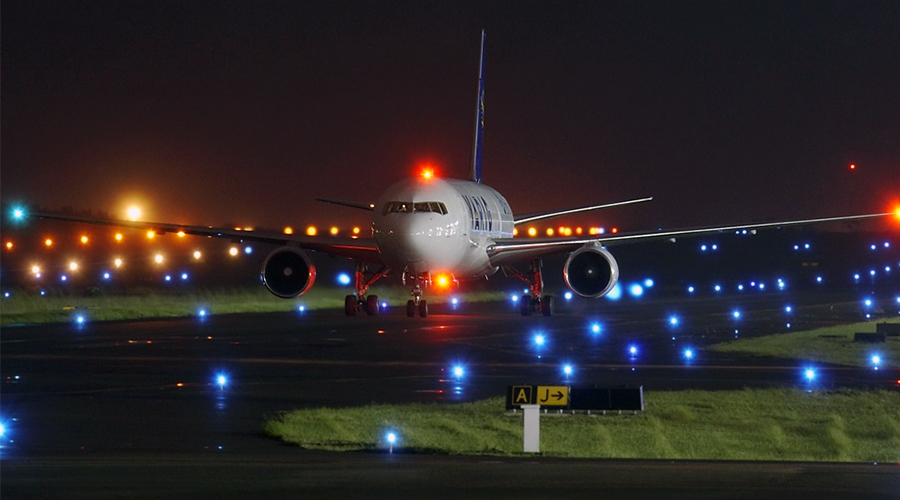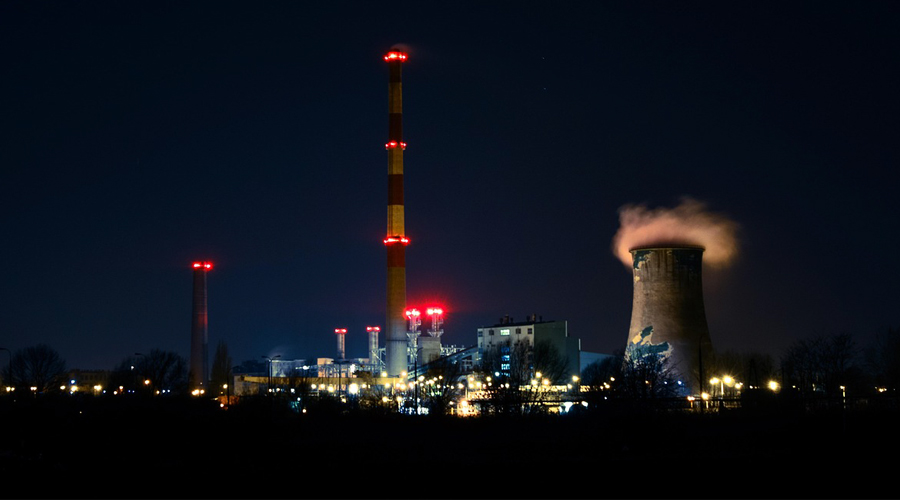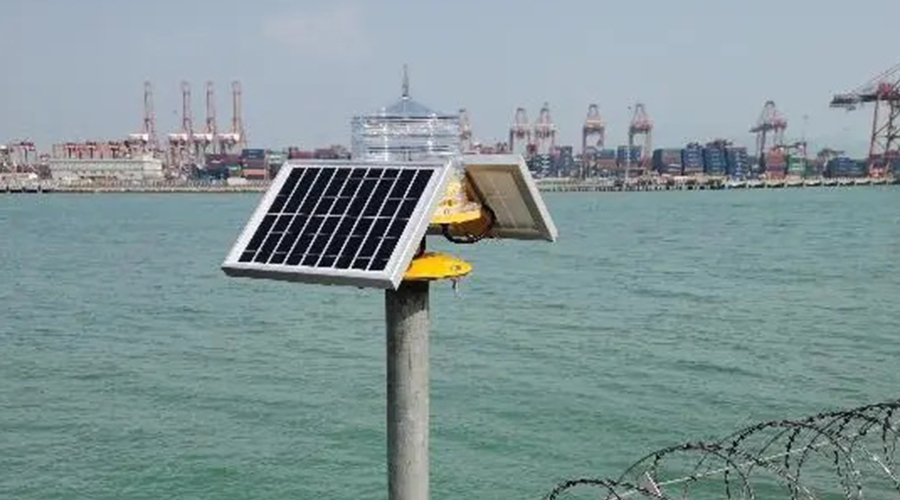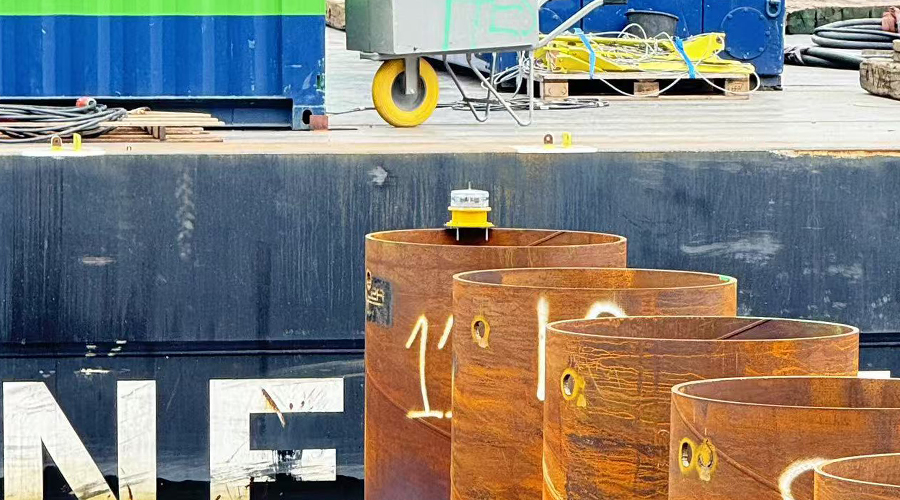Taxiway edge light are a type of aviation signal lights used to outline the edge of the taxiway in darkness or low visibility conditions. These LED lights emit a blue steady light.
Features of Taxiway Edge Lights
1. Color & distribution:
Airport edge lights are generally blue and evenly distributed on the edges of both sides of the taxiway or no more than 3 meters away from the edge.
Whether the taxiway is a straight section or a curve, the distance between the lights is less than 60 meters, so that the position of the curve can be clearly displayed.
2. Structure & material:
Taxiway edge light include transparent lampshades, bases, light guides, substrates and control circuit boards.
A conical reflector is provided in the transparent lampshade, and the light generated by the LED light source passes through the light guide and then reflects through the conical reflector and then emits the transparent lampshade.
Transparent lampshades are mostly made of PC material, which has particularly good impact strength, corrosion resistance, UV resistance, thermal stability, and flame retardancy.
3. Light source & light effect:
The light source uses LED, which has the characteristics of long life, low power consumption and high efficiency. Solar airport lights are more energy-efficient, environmentally friendly, and save resources and costs.
4. Foldability:
Airport taxiway edge lights are usually designed to be foldable to effectively prevent secondary damage to aircraft in the event of a collision.
Purpose of Taxiway Edge Light:
1. Display taxiway boundaries:
At night or in low visibility conditions, airport warning lights clearly display the boundaries of the taxiway to ensure that aircraft can move safely along the taxiway.
2. Prevent runway intrusion:
Taxiway lights can help pilots identify intermediate waiting positions by providing clear visual guidance to prevent aircraft from mistakenly entering the runway in use.
3. Improve safety:
Where the aircraft is required to stop and wait for release on the taxiway, stop bars are set up and controlled by air traffic control (ATC) to ensure that the aircraft stops at the correct location and waits for further instructions.
4. Auxiliary navigation:
Intermediate waiting position lights are set at taxiway intersections and other key locations, and Led airport lights help pilots navigate in complex environments
In addition, taxiway edge light can also be used in conjunction with other aviation signal lights (such as taxiway centerline lights, stop row lights, etc.) to form an airport lighting system, providing all-round protection for the safe operation of aircraft.






